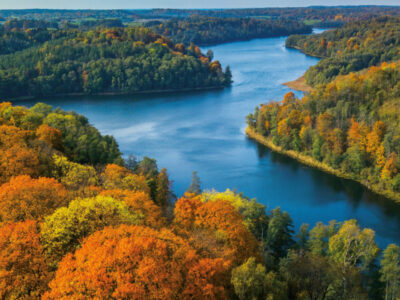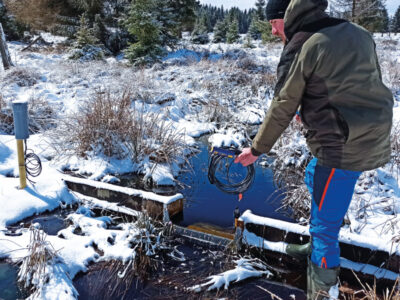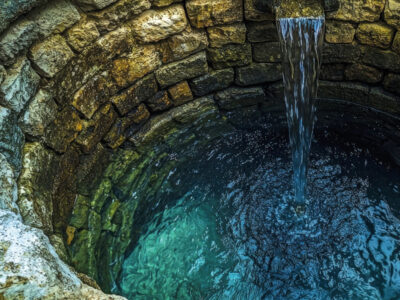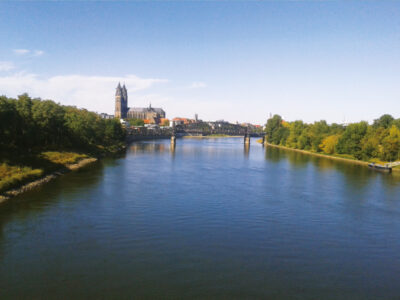Development and current practice of groundwater balance in Czech Republic: from reserve classification to comprehensive assessment of natural resources
This article presents a comprehensive overview of the evolution of methodological approaches to groundwater balance assessment in Czechoslovakia and the Czech Republic from the 1960s to the present. It outlines the transition from a static evaluation of “exploitable re-serves” toward a dynamic, process-based concept, emphasizing regular comparisons between actual water abstraction and natural groundwa-ter resources. This shift includes the adoption of monthly assessment intervals and quantile characteristics of base flow, aligning with the requirements of both national legislation (especially Act no. 254/2001 Coll., the Water Act) and European directives on water protection.







